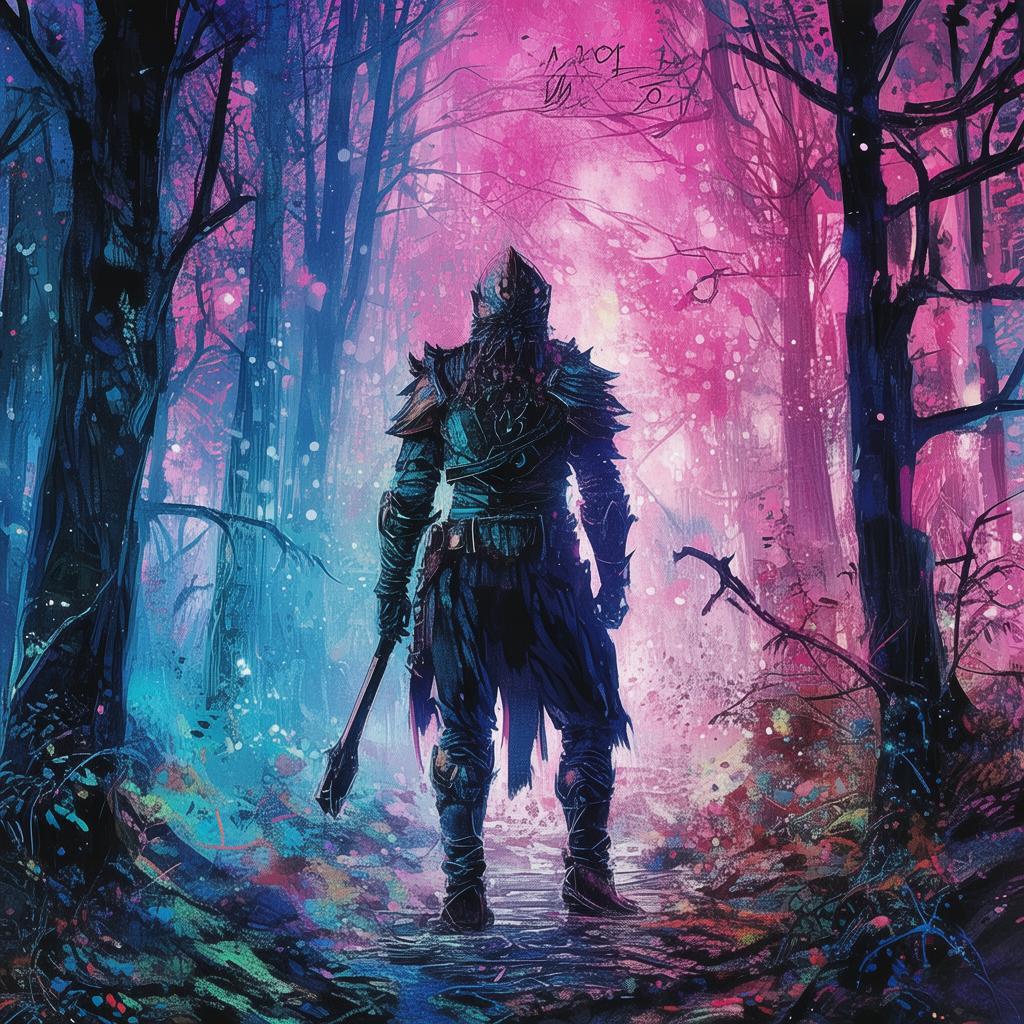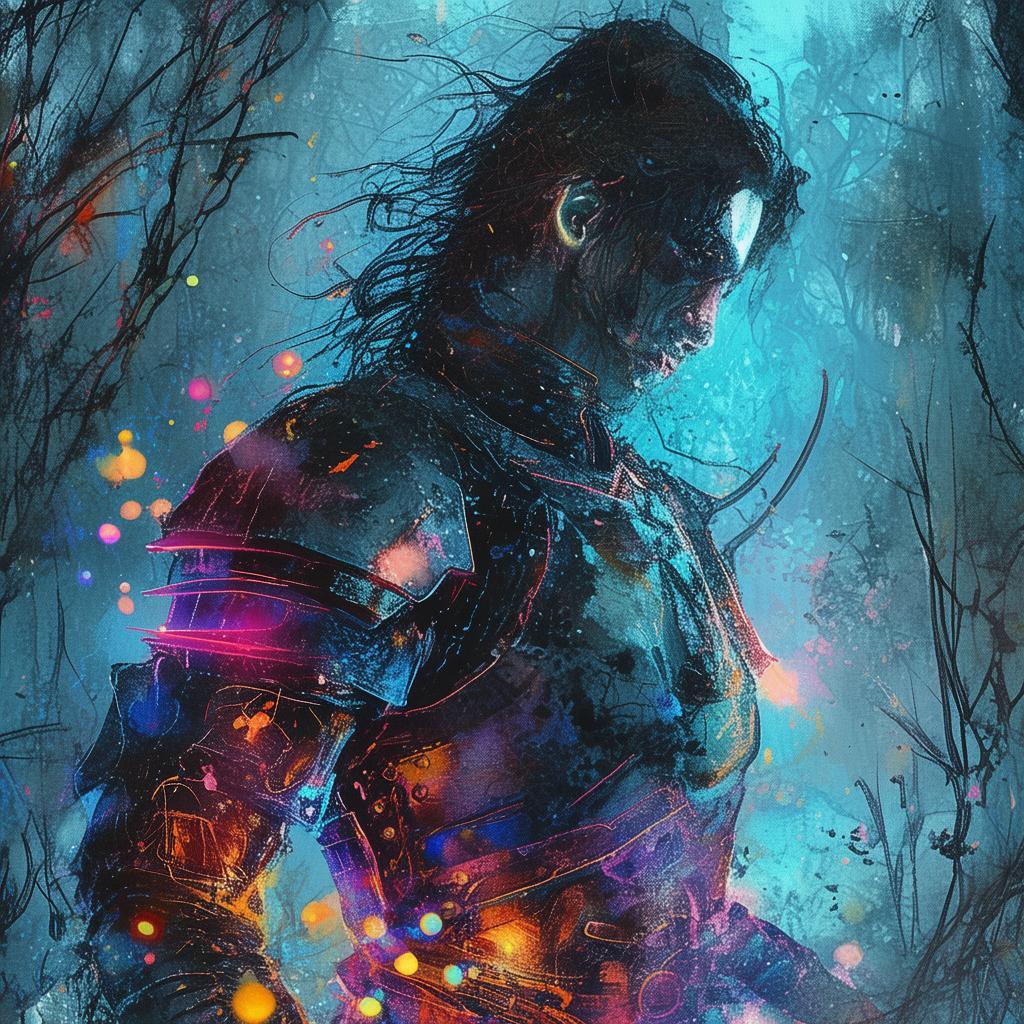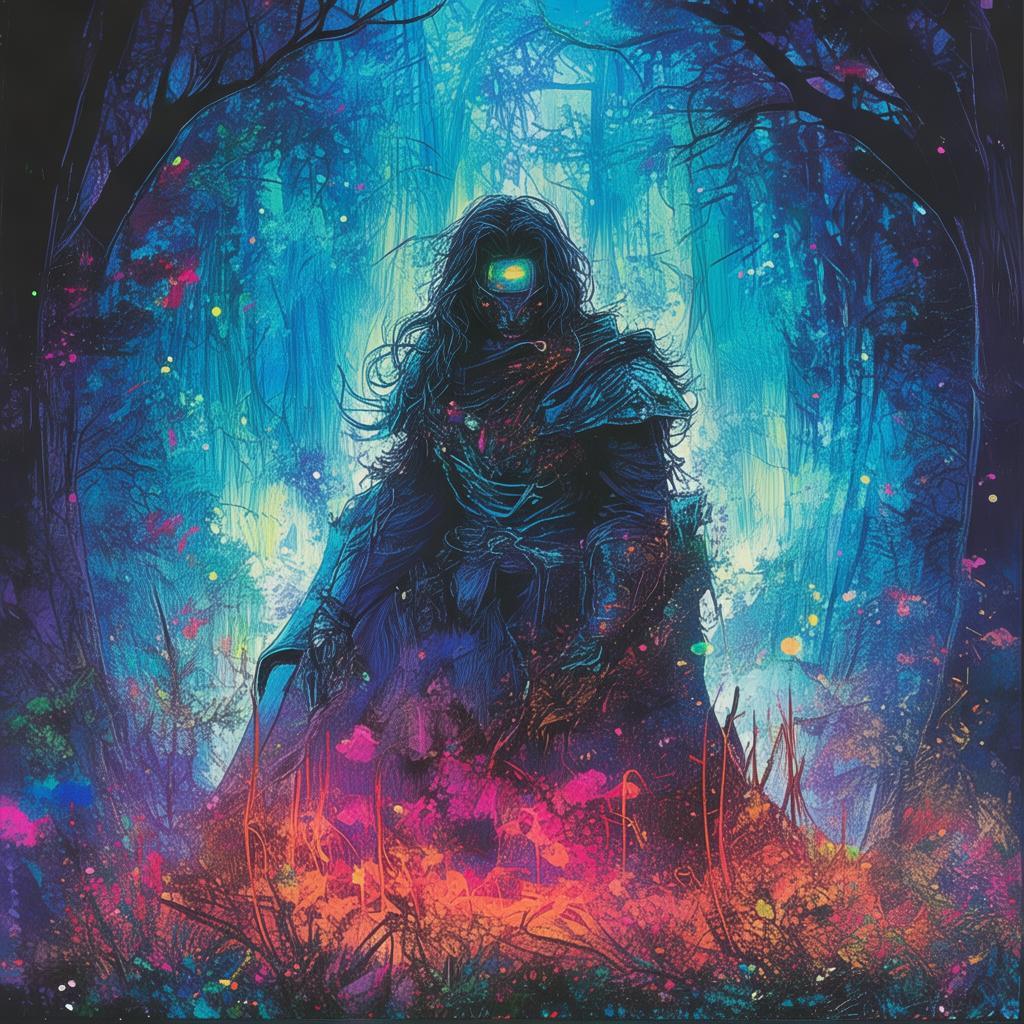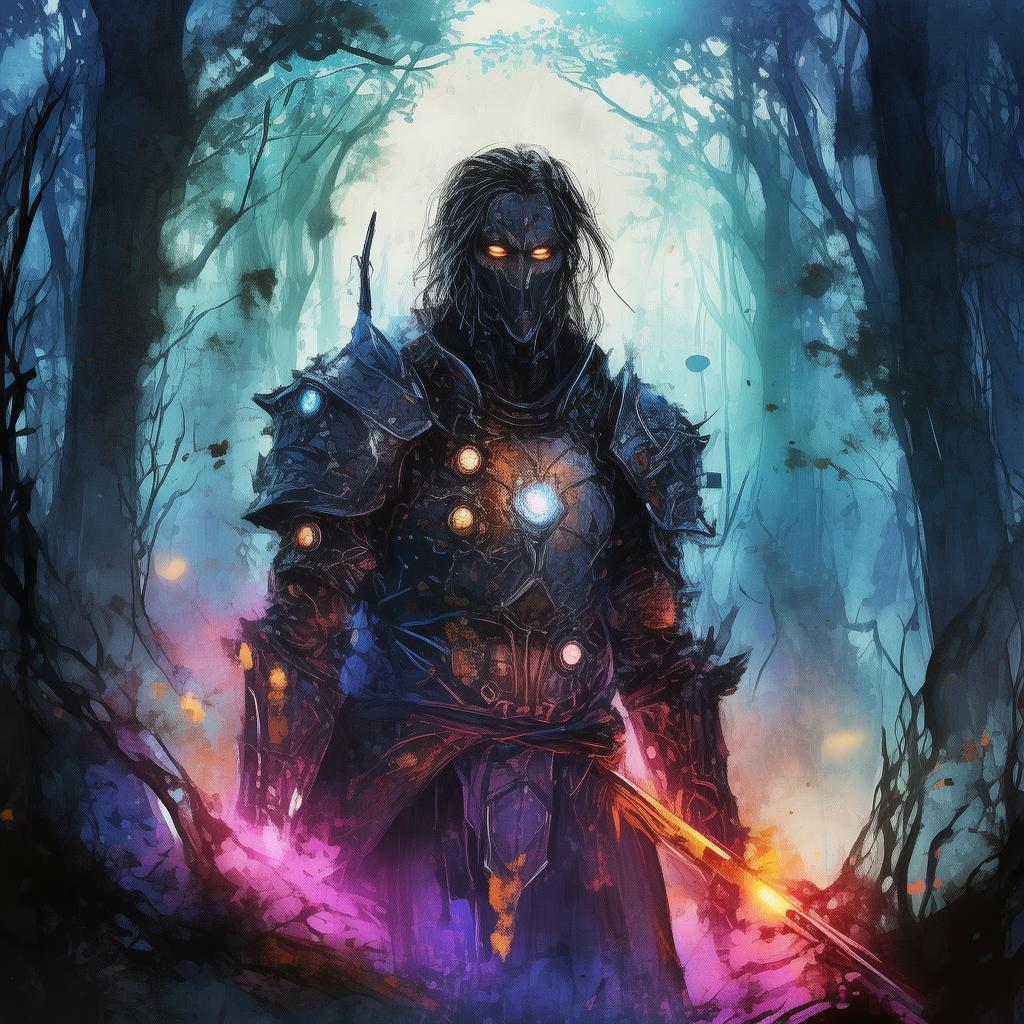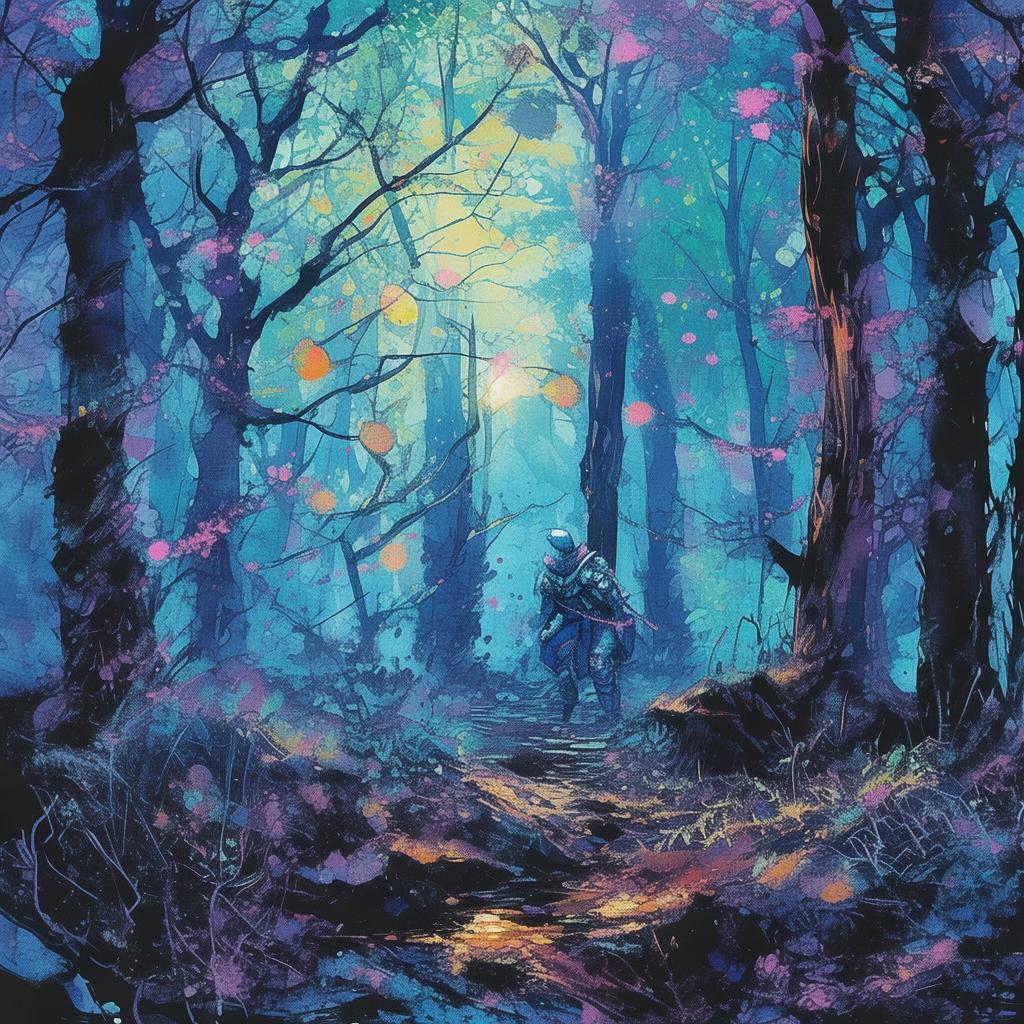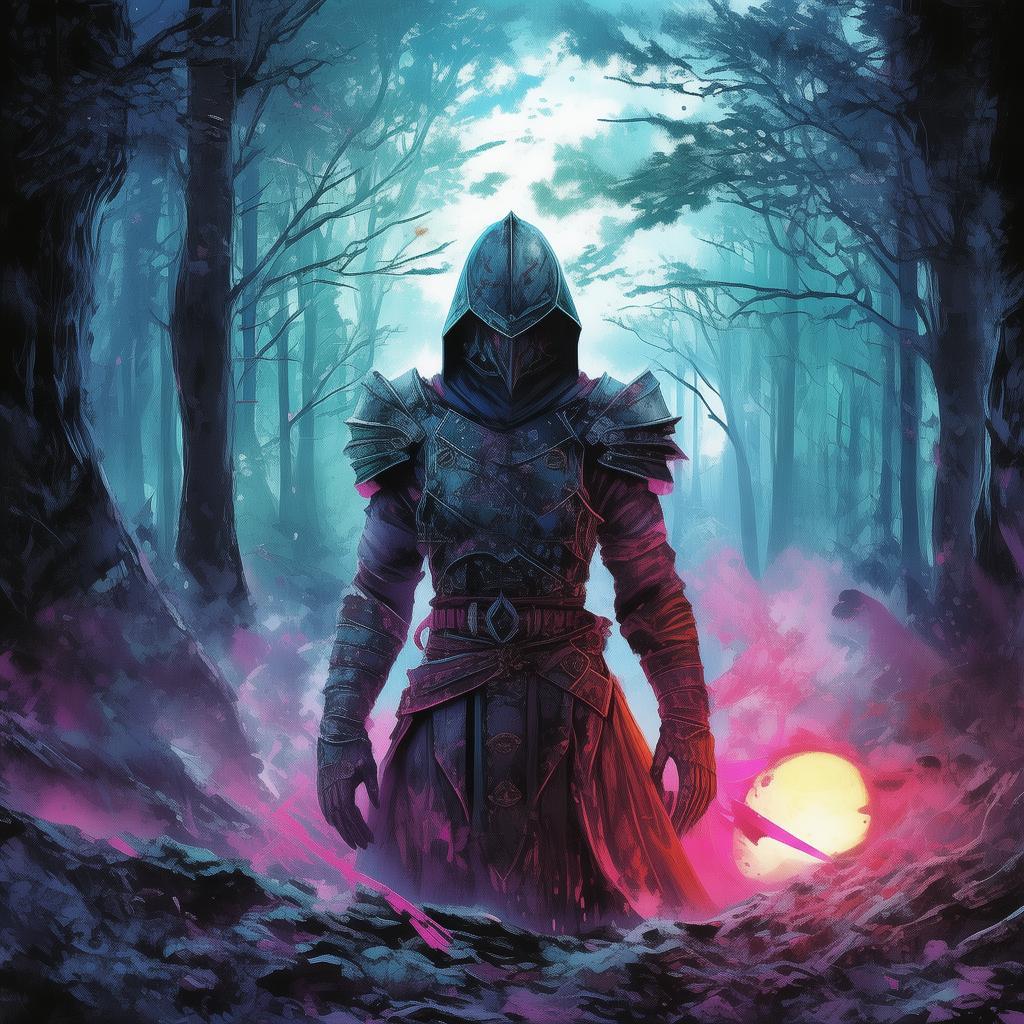The Cursed Throne: A Swedish Folklore's Dark Legacy
In the heart of the ancient Swedish kingdom of Ångermanland, nestled between the towering forests and the icy waters of the Baltic Sea, lay the fabled Golden Throne. It was said to be the cornerstone of the kingdom's power, a throne that had been passed down through generations, each ruler bound by an unspoken pact with the throne's mysterious guardian.
The tale of the Golden Throne was one of legend, whispered in hushed tones by the elders. It was said that the throne was enchanted, its power derived from the blood of its rightful heir. The throne itself was a marvel of craftsmanship, its golden surface adorned with intricate runes and symbols that glowed with an otherworldly light when the true ruler sat upon it.
In the year 1895, the kingdom was on the cusp of a new era. The current ruler, King Gustav, had no heir, and the kingdom was in turmoil. The royal council was divided, some advocating for a peaceful succession, while others plotted to seize the throne for themselves. It was in this tense atmosphere that a young princess named Elvira was born.
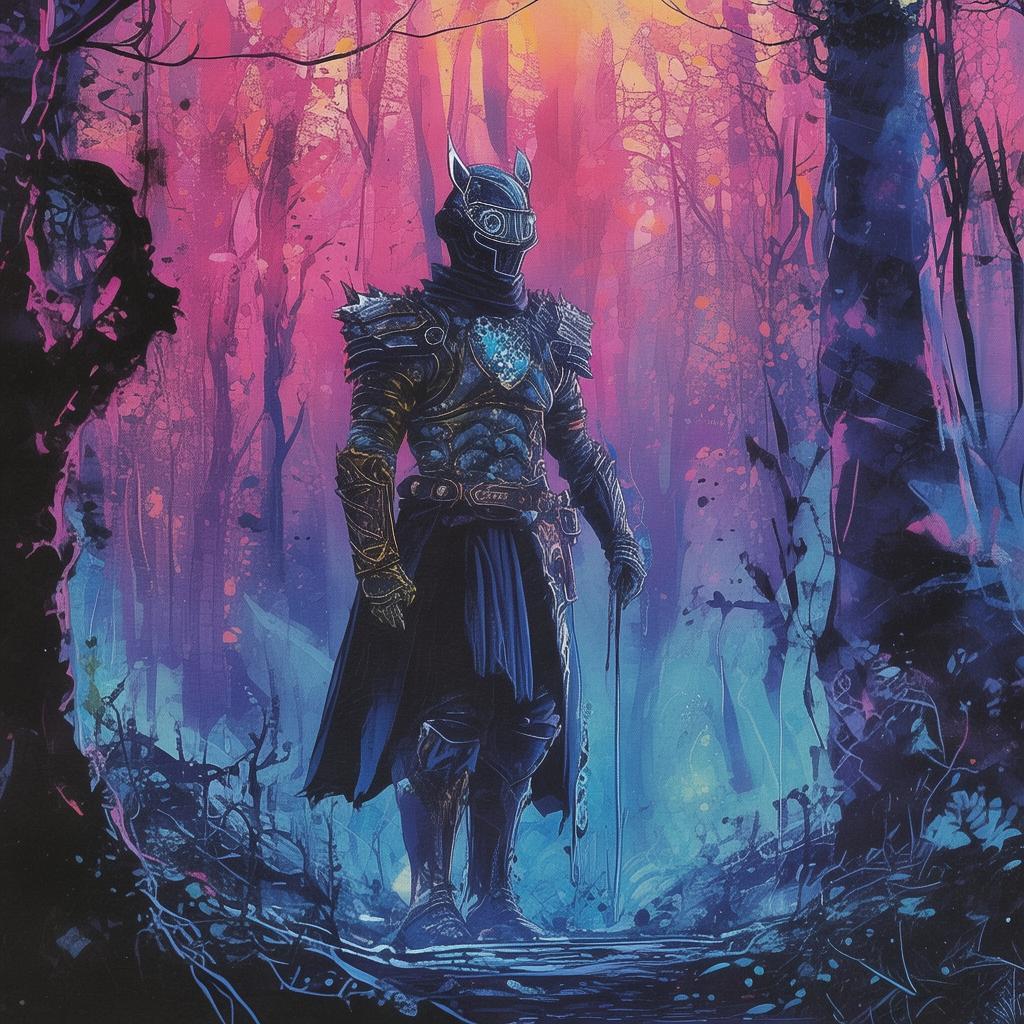
Elvira was a child of destiny, her eyes a striking blue that seemed to hold the secrets of the universe. From the moment of her birth, the kingdom felt a shift in the balance of power. The Golden Throne, which had remained silent for years, began to hum with a strange energy, as if it were calling out to her.
As Elvira grew, so too did the whispers about her. Some spoke of her as a savior, destined to restore the kingdom to its former glory. Others saw her as a harbinger of doom, a cursed princess who would bring about the end of the line. The throne's legend grew with her, and so did the weight of her destiny.
When King Gustav passed away, Elvira was crowned at the age of sixteen. The ceremony was a grand affair, with the entire kingdom in attendance. As she sat upon the Golden Throne, the runes began to glow with an intensity that was almost blinding. The crowd fell silent, their eyes wide with awe and fear.
That night, as Elvira lay in her bed, she had a vision. She saw the throne's guardian, an ancient and wise figure with eyes that seemed to pierce through time. The guardian spoke to her in a voice that resonated through her soul, "Princess Elvira, you have been chosen to break the curse that binds this throne. But it will not be easy. You must face your deepest fears and make the ultimate sacrifice."
Elvira awoke from her dream with a start, her heart pounding. She knew that her life would never be the same. She began to research the throne's history, uncovering tales of previous rulers who had fallen victim to the curse. Each story was a cautionary tale, a reminder of the danger she now faced.
As the years passed, Elvira's reign was marked by a series of strange and unexplainable events. The kingdom's crops failed, and the people suffered. The royal council grew increasingly suspicious of Elvira, believing her to be the source of the kingdom's woes.
One day, a mysterious figure appeared at the palace gates. He claimed to be a sorcerer who had studied the throne's magic and could help Elvira break the curse. Elvira, desperate to save her kingdom, agreed to meet with him.
The sorcerer led her to a hidden chamber beneath the throne room, where he revealed the true nature of the curse. The throne was bound to a dark force, a malevolent entity that had been using the throne to drain the life force of its rulers. The only way to break the curse was to destroy the throne itself.
Elvira was torn. The throne was a symbol of her kingdom's power, and its destruction would leave the kingdom vulnerable. But she knew that the kingdom's survival was at stake. She had to make a choice.
In a moment of profound clarity, Elvira made her decision. She called for her closest advisors and revealed the truth about the curse. Together, they devised a plan to destroy the throne.
The night of the attack, Elvira and her advisors infiltrated the hidden chamber. They fought their way through the sorcerer's guards and reached the throne. As they prepared to destroy it, the dark force within the throne awakened. It unleashed a wave of darkness that threatened to consume them all.
In a desperate bid to save her kingdom, Elvira reached out to the throne's guardian, who appeared before her once more. "Princess Elvira, you must make the ultimate sacrifice," he said. "You must become the throne."
With a deep breath, Elvira stepped forward. The dark force enveloped her, and she felt herself being consumed by the throne's magic. The runes on the throne glowed brighter than ever, and the darkness began to recede.
When the light finally faded, Elvira was no longer in the chamber. In her place stood the Golden Throne, now free of the curse. The kingdom was saved, and Elvira was hailed as a hero.
But the cost was great. Elvira had become one with the throne, her essence bound to its magic. She could no longer leave the throne room, her existence now intertwined with the throne's destiny. The kingdom had been saved, but at a terrible price.
The Cursed Throne: A Swedish Folklore's Dark Legacy is a tale of destiny, sacrifice, and the eternal struggle between good and evil. It is a story that will resonate with readers, leaving them pondering the true cost of power and the weight of one's destiny.
✨ Original Statement ✨
All articles published on this website (including but not limited to text, images, videos, and other content) are original or authorized for reposting and are protected by relevant laws. Without the explicit written permission of this website, no individual or organization may copy, modify, repost, or use the content for commercial purposes.
If you need to quote or cooperate, please contact this site for authorization. We reserve the right to pursue legal responsibility for any unauthorized use.
Hereby declared.
